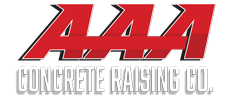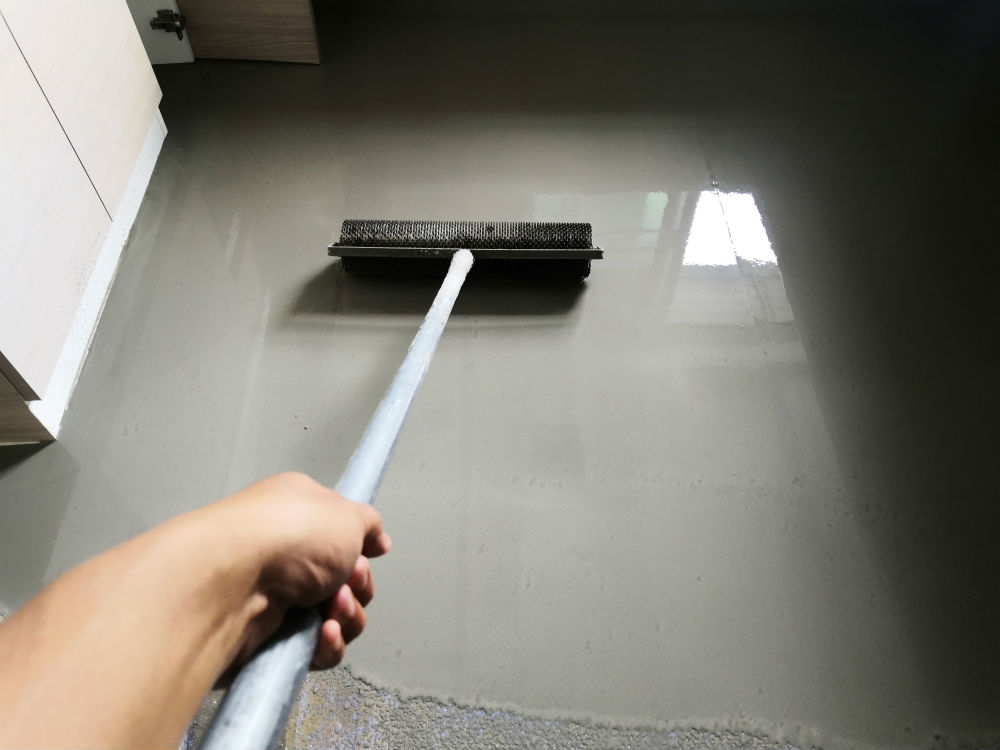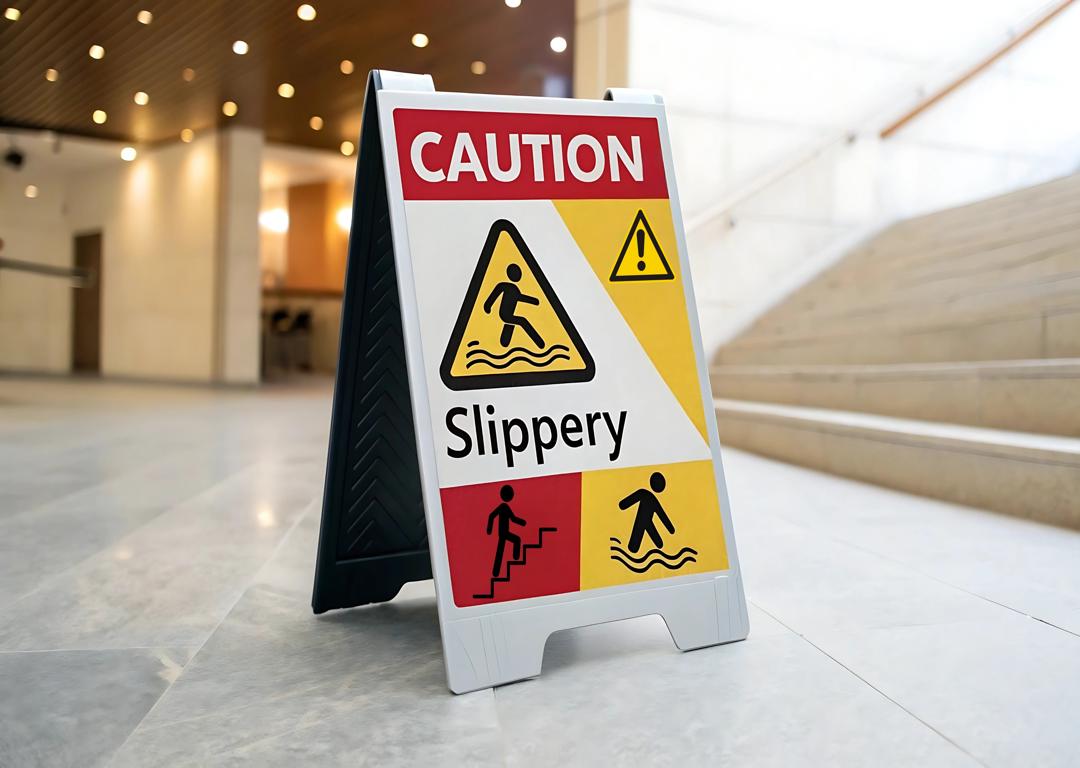Concrete is widely viewed as a durable and long-lasting building material, but even it is subject to wear and tear. Whether it’s a crack that goes from bad to worse, settlement or erosion issues underneath the slab, or excess moisture causing uneven dips and bumps, there are a number of factors that affect the structural integrity of concrete overtime.
Although interior concrete flooring is often much better protected from the elements than exterior, it too will become uneven, given enough time. This is especially the case in damp areas such as basements, laundry rooms and bathrooms. Excessive humidity not only reduces concrete’s compressive strength, but can also lead to mold and mildew that will contribute even more to concrete deterioration.
Regardless of the cause of your uneven interior concrete flooring, it’s important to address the issue promptly before further damage ensues. An uneven concrete slab is often an indicator of more serious issues, such as voids forming underneath the concrete, that may pose serious risk and require immediate attention.
Whether the result of a shoddy concrete job or years of gradual weathering, there are several things you can do about uneven interior concrete flooring. Though minor repairs can often be done by the homeowner, more severe repairs will require specialized skills and equipment that only your local concrete leveling contractor can provide. Each concrete repair job is unique, but the general process is as follows.
Planning For Your Concrete Leveling Project
The first step in leveling your interior concrete floor is to make a plan. You need to decide if you’ll be using the concrete itself as the floor, or as a subfloor for a different material on top.
 Carpeting, locking vinyl planks and engineered wood do not require a perfectly flat surface. However, hardwood and tile should be installed with no more than ¼ inch variation in height across the whole slab. The degree of accuracy in leveling your concrete depends on which flooring material you choose.
Carpeting, locking vinyl planks and engineered wood do not require a perfectly flat surface. However, hardwood and tile should be installed with no more than ¼ inch variation in height across the whole slab. The degree of accuracy in leveling your concrete depends on which flooring material you choose.
Begin by removing anything and everything from the project area, including furniture, baseboards, and any debris on the floor, as well as vacuuming the area to remove any dirt and dust.
You’ll also want to thoroughly clean your concrete floor to ensure a tight bond between any leveling agent and the porous concrete surface. While dish soap and store-bought cleaners can remove most of the dirt and grime, a more vigorous method such as shotblasting may be required to remove years worth of caked-on grease or other stubborn stains.
Leveling the Concrete
When it comes to leveling concrete, there are several available options. Some contractors utilize “self-leveling” concrete, which consists of polymer-modified cement that flows easier than traditional concrete and can typically flatten concrete slabs with ¼ inch or less of height variance.
While self-leveling concrete may be a good choice for a subfloor slab, it is only effective at flattening slabs with an inch or so of height variance or less, and is not as durable as actual concrete. While grinding can be used to level severely uneven slabs, it is not recommended as it exposes the aggregate inner material of the concrete to the elements and deterioration.
Sometimes, an uneven concrete floor (particularly an extremely uneven one) is an indication of foundation issues that go beyond simple concrete leveling. In these cases, your best bet is to contact a concrete raising company. Instead of tackling the issue on the surface, they use specialized equipment to pump a slurry mixture below the slab, filling any voids and raising it to be as level as possible. This process is known as mudjacking.
Why Mudjack Your Uneven Concrete Floor?
Mudjacking offers several advantages over self-leveling concrete. Not only does it remove the need to apply any additional leveling material to the slab, but a mudjacked floor can be used in full almost immediately, whereas self-leveling compounds require several hours to dry.
Self-leveling concrete simply isn’t durable enough to last as long as the actual concrete it’s meant to repair. Mudjacking prolongs the life of your original concrete flooring by leaving your concrete floor more or less untouched, save for a few drilled holes required to inject the slurry below the surface before being patched.
When it comes to mudjacking, AAA Concrete has over three decades of experience. Having seen and dealt with just about every concrete leveling scenario possible, our professional mudjacking team has the skills and expertise required to handle even the most demanding concrete leveling jobs.
If your home or business suffers from an uneven interior concrete floor, contact us today to learn if mudjacking is the right solution for you.





